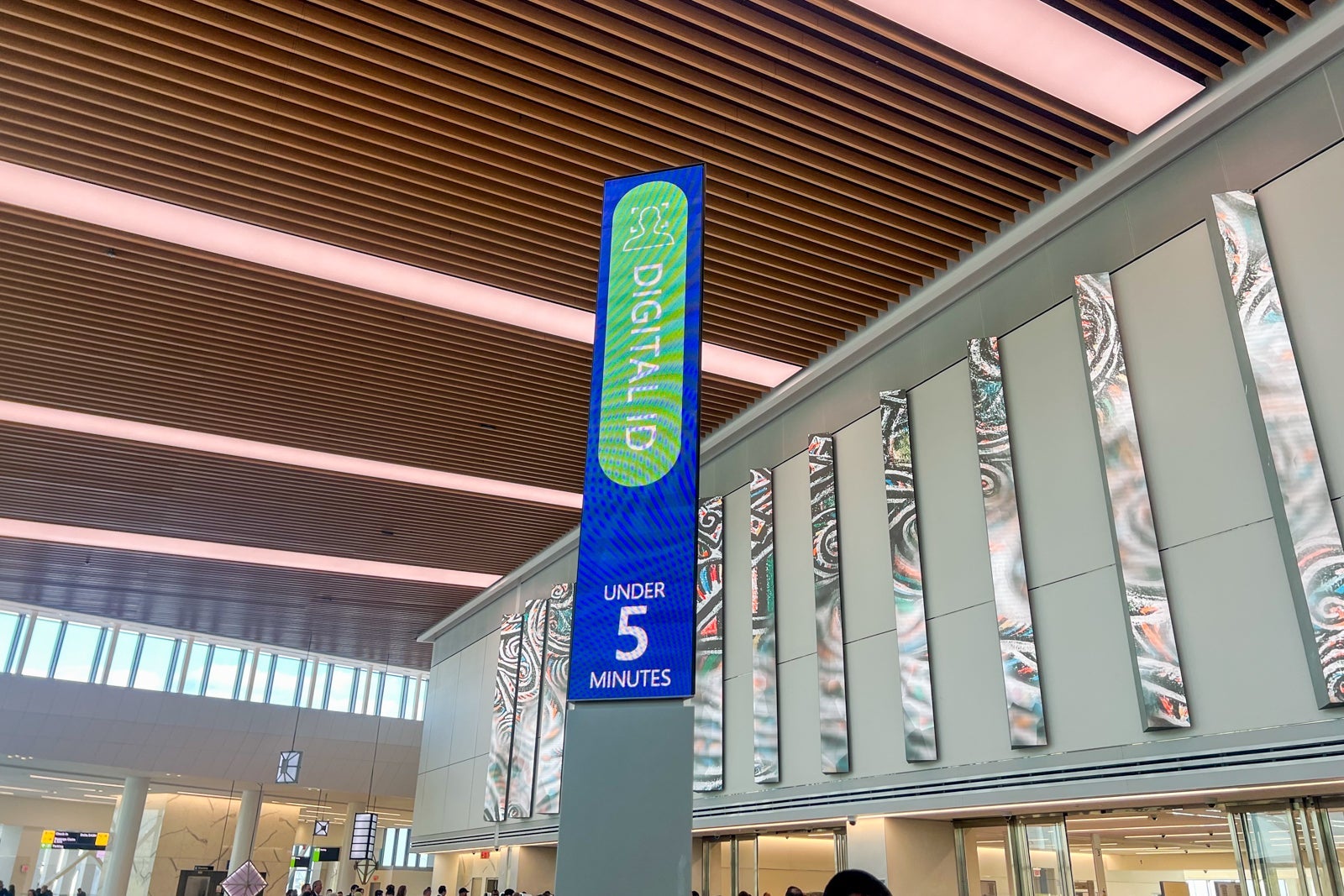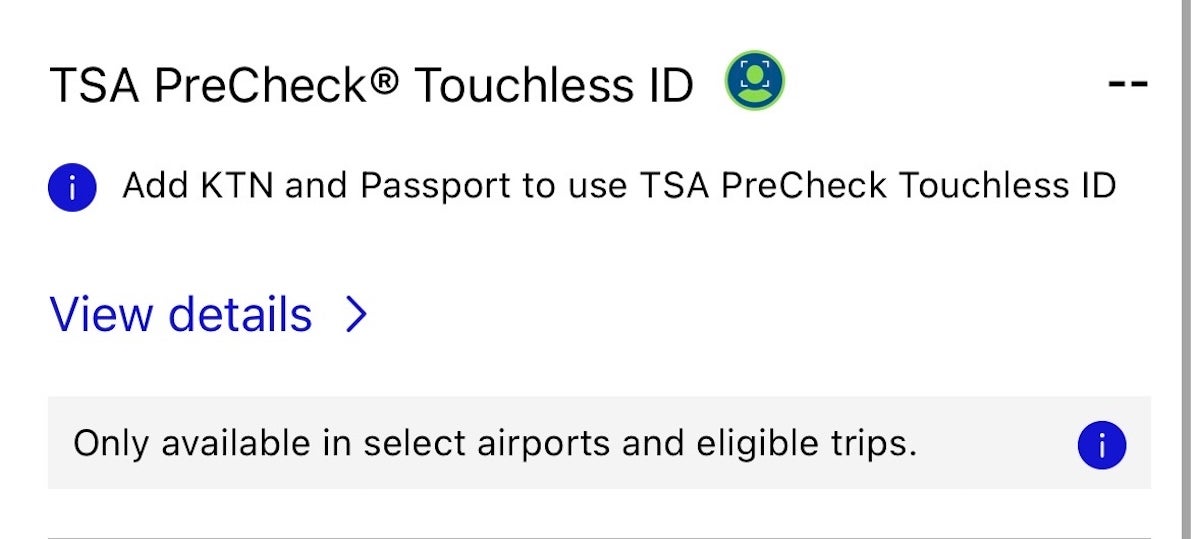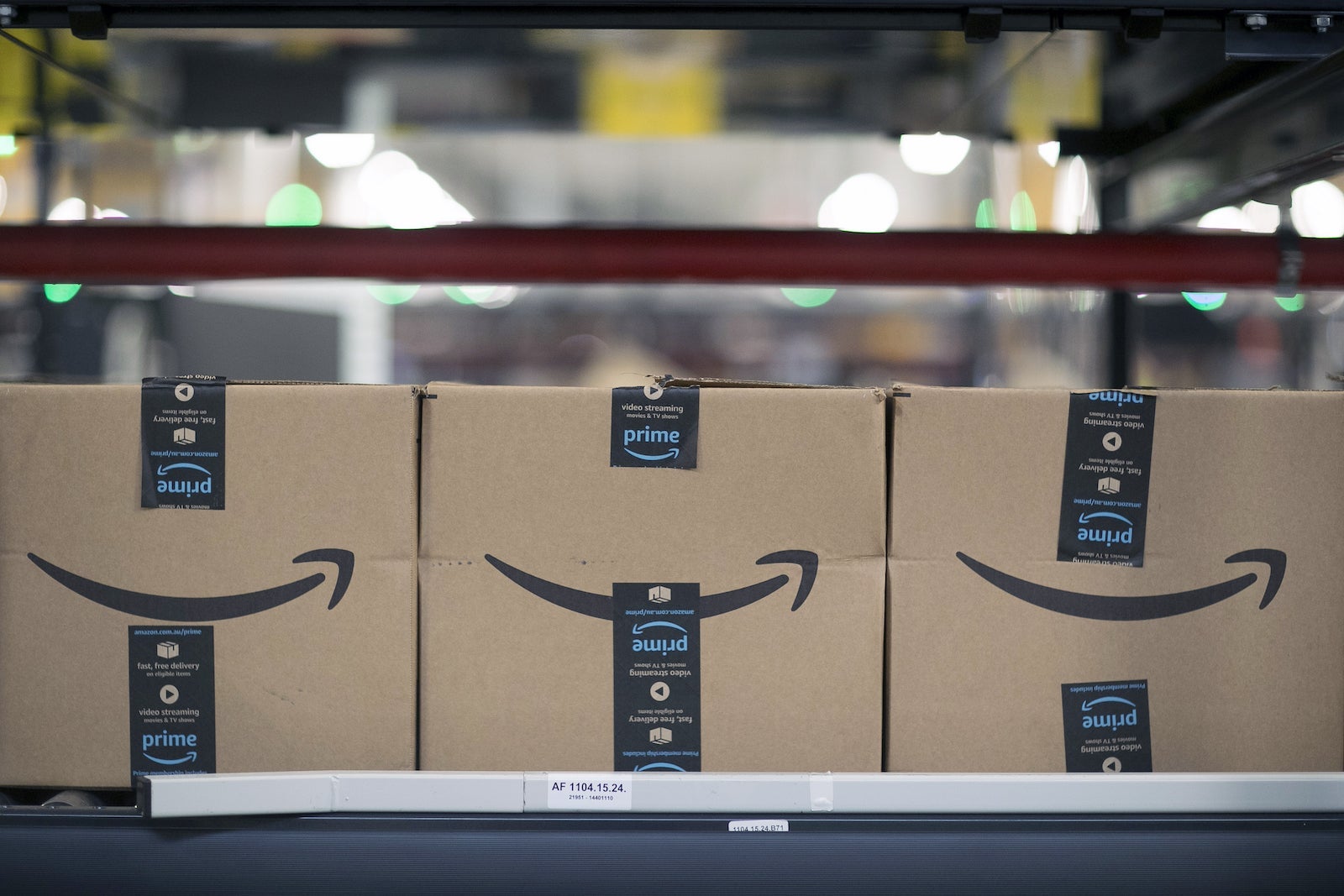Imagine gliding through airport security, not fumbling for your ID, but simply having your face confirm your identity. This isn't a futuristic fantasy; it's the reality of TSA PreCheck Touchless ID, and it’s rapidly expanding across the nation’s busiest airports.
For those enrolled in TSA PreCheck – or who qualify through Global Entry – a new level of convenience is now available, but it requires a proactive step. You must actively choose to participate in this innovative system, unlocking a smoother, faster travel experience.
The process is surprisingly simple. It begins within your airline’s frequent flyer app. Locate the section for TSA PreCheck and travel documents, then select the option to enroll in Touchless ID. You’ll be prompted to upload a photo of your passport and provide consent for facial identification – a process similar to setting up international travel documentation.

This technology isn’t universally available yet. The TSA is strategically rolling out Touchless ID in partnership with the five largest U.S. airlines, focusing on major hubs to maximize impact and efficiency.
Currently, American Airlines offers Touchless ID at Atlanta, Washington D.C. (Reagan National), Denver, Dallas/Fort Worth, Newark, Las Vegas, New York (JFK & LaGuardia), Portland, Seattle, and Salt Lake City.
Delta Air Lines has implemented the system at Atlanta, Washington D.C. (Reagan National), Denver, Detroit, Newark, New York (JFK & LaGuardia), Las Vegas, Los Angeles, Portland, Seattle, and Salt Lake City.

United Airlines is leading the charge with availability at Atlanta, Washington D.C. (Reagan National), Denver, Newark, Las Vegas, Los Angeles, New York (LaGuardia), Chicago (O’Hare), Portland, Seattle, San Francisco, and Salt Lake City.
Southwest Airlines provides this service at Atlanta, Denver, New York (LaGuardia), Portland, Seattle, and Salt Lake City. Alaska Airlines offers it at Atlanta, Washington D.C. (Reagan National), Denver, Los Angeles, Portland, Seattle, and Salt Lake City.
Remember, even with Touchless ID enabled, it’s crucial to carry your Real ID or a valid alternative like a passport. Technology isn’t infallible, and having a physical ID ensures a seamless journey even if unforeseen issues arise. It’s a smart backup to have, safeguarding against potential disruptions.

The TSA’s vision is to expand this program to even more airports and airlines, promising a future where airport security is less stressful and more efficient for everyone. This is a significant step towards modernizing the travel experience, prioritizing both security and convenience.






